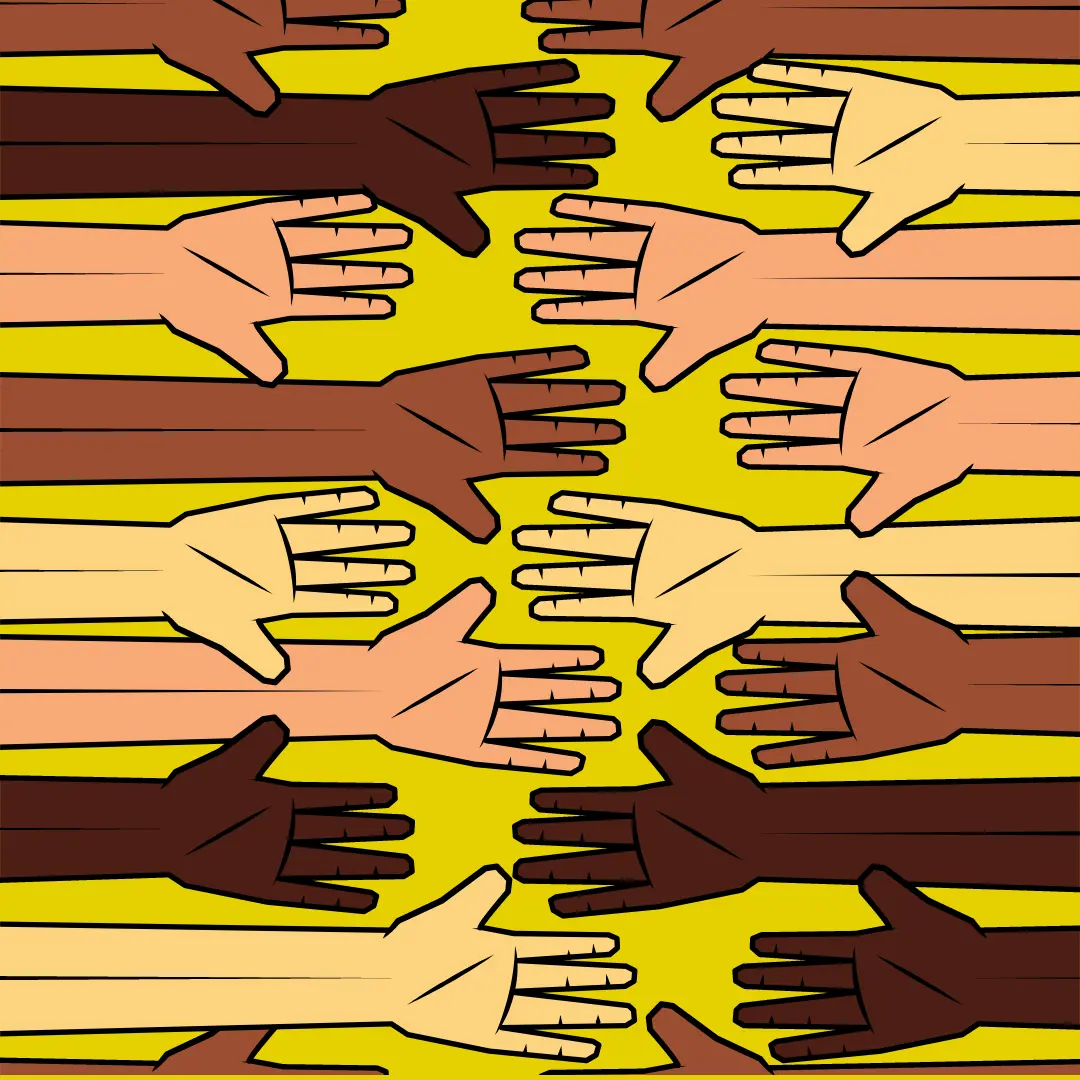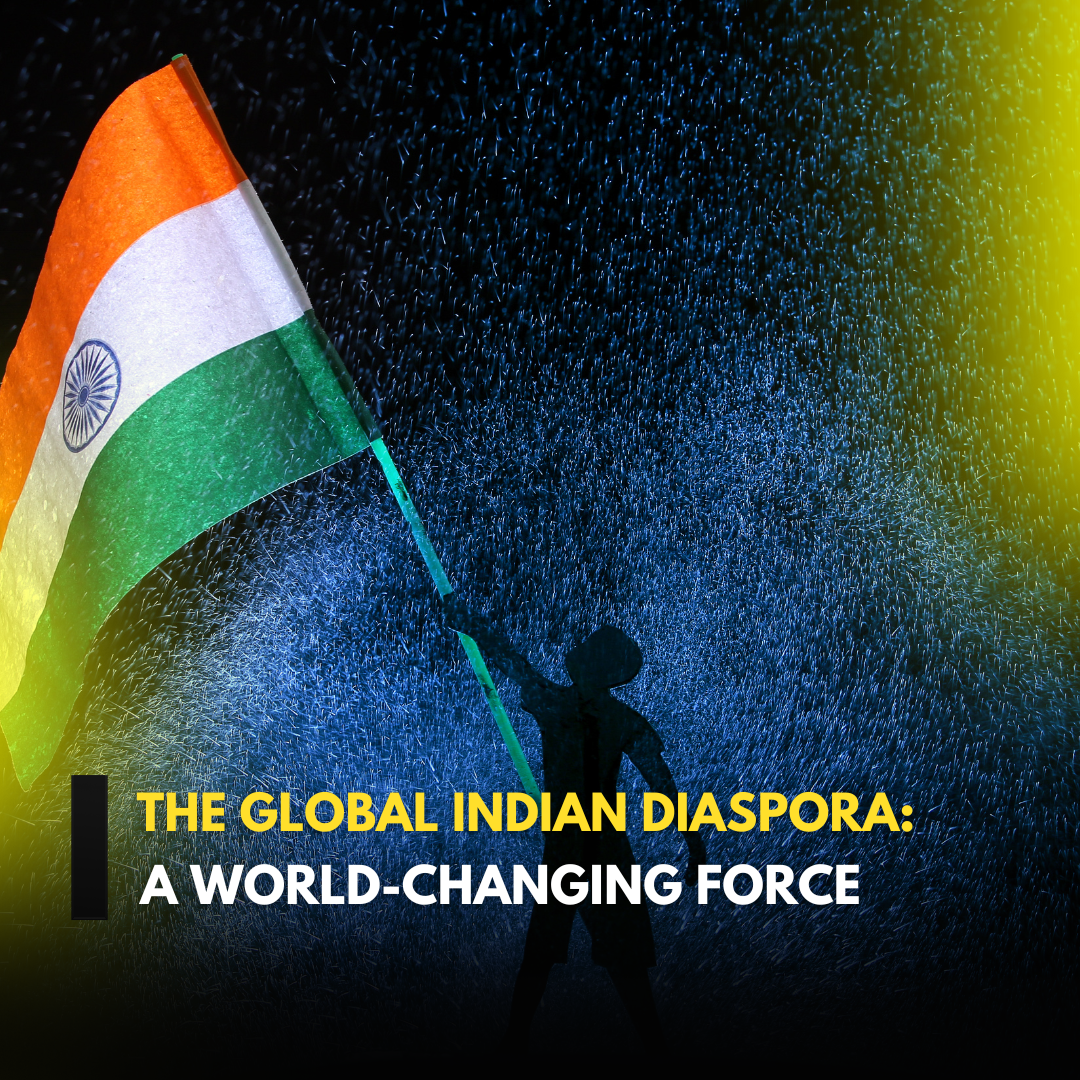Art in the diaspora: A Work of Art in Every Direction — A COMMUNITY THAT WAS once maligned in mainstream US culture, South Asians appear to have gained a new prominence in recent years. With the rise of stars like Riz Ahmed, Mindy Kaling and Aziz Ansari, it has never been a better time to be of South Asian origin in the US entertainment industry. The same cannot be said for the mainstream art world. That is why a new exhibition of works by American artists from the South Asian diaspora, currently showing in New York, matters.
‘Lucid Dreams and Distant Vision: South Asian Art in the Diaspora’, held at the Asia Society in New York (in conjunction with the Smithsonian Asian Pacific American Centre), is not the first time the Asia Society has shown works by South Asian diaspora artists, but it is the first time it has done so in a dedicated show of this scale. The 19 contemporary artists, whose work spans four decades, live in the US and are members of the diaspora of Afghanistan, Bangladesh, India, Nepal, Pakistan and Tibet.
The South Asian diaspora is a section of US society that has been growing rapidly in the last two decades. According to a book published last year by Oxford University Press, The Other One Percent: Indians in America, people of Indian origin alone—who account for the vast majority of South Asian immigrants in the US— now comprise about 1 per cent of the population. Apart from being notable in terms of numbers, this group has become the highest earning and most educated in the country.
They have made a notable contribution in certain intellectual spheres, too. An entire generation of South Asian diaspora authors have flourished in the US. Several have contributed to a genre of fiction that explores the in-between existence of the immigrant caught between two worlds, such as author Jhumpa Lahiri, who won a Pulitzer for the short fiction collection Interpreter of Maladies. Another is Daniyal Mueenuddin who has authored an illuminating collection of linked stories drawing on his background from Pakistan and America. Afghan-born American novelist Khaled Hosseini, meanwhile, has published a series of books that revolve around Afghan characters and the immigrant experience, including the best-selling novels The Kite Runner and A Thousand Splendid Suns.
In spite of the successes of their counterparts in other cultural fields, contemporary visual artists of the South Asian diaspora remain largely under-represented in the international art world that still suffers from a lack of diversity. This can be partly attributed to a scarcity of artists among the diaspora, but it is at least in part because the visual arts institution, as we now know it, was created during the imperial period and continues to perpetuate many of its structures. How the history of art and design is written depends on those who make and determine it and many galleries and museums are still behind other sectors in terms of the breadth of perspectives and backgrounds of their staff, from their curators and directors to their funders, all of whom feed into the institutional practices of the art world.
Certain contemporary Indian artists like Subodh Gupta and Raqs Media Collective have exhibited overseas and attained critical acclaim, while for a number of reasons, South Asian artists living and working internationally have often had limited success. One factor that has contributed to this situation in the US is a scarcity of institutional support.
“There is El Museo del Barrio for Latino artists and The Studio Museum in Harlem for Black artists, but there is nothing to support and foster South Asian American artists,” said Jaishri Abichandani, a Brooklyn-based artist who previously worked at the Queens Museum and initially proposed the concept behind the Asia Society exhibition. “The idea of who we are is crucial and integral to this show.”
Recently, the situation has begun to show signs of change. This is both in terms of the perception of diaspora artists and the way in which their work approaches conventional narratives of the immigrant experience. This year, for example, the International Curators Forum and the University of the Arts London presented a Diaspora Pavilion at the 57th Venice Biennale for the first time, a move that acknowledged not only the relevance of the diaspora artistically but also the lived reality that there is a group of international artists who challenge national boundaries. Their work destabilises the notion of ‘diaspora’ and has begun to set new boundaries for its definition. Up until now, there have been few other platforms of this calibre.
It is against this backdrop that the Asia Society exhibition ‘Lucid Dreams’ considers the work of South Asian diaspora artists living in the US. Although all of the artists included in the exhibition are of South Asian origin, they represent a tremendous multiplicity of perspectives, ranging from first to third generation migrants to refugees. They also have varied connections with South Asia. Jaret Vadera, for instance, is half Filipino and half Punjabi, Palden Weinreb is half American and half Tibetan, and Allan deSouza has lived in the UK and the US, having been born in Kenya to Goan parents.
“There is El Museo del Barrio for Latino artists and The Studio Museum in Harlem for Black artists, but there is nothing to support and foster South Asian American artists. The idea of who we are is crucial and integral to this show” – Jaishri Abichandani, artist
A few artists have created work that is explicitly about race, identity and issues that define the South Asian diaspora, while others have chosen to tackle subjects that go beyond this aspect of their lives. A beautiful eight feet-tall oil painting by Mequitta Ahuja, Performing Painting: A Real Allegory of Her Studio, is a nude self-portrait in which her subject is learning. She has a textbook on her lap open to an image of an ancient Egyptian statue and to the far right is a displaced shadow. Ahuja explained that the shadow was inspired by a myth in Pliny’s encyclopaedic Natural History, written during the Roman Empire, according to which a woman first discovered painting by tracing the shadow of her lover, and hence became the first ever artist.
In a talk that Ahuja delivered soon after completing the painting, she described it as a commentary on how women of colour are represented in, or rather denied a place by, art history. She said, “I think about self-portraiture as a discourse about representation,” adding, “I present pictorial approaches that typically belong in other categories such as realism and schematic design together in a single picture, and I present a female artist-of-colour at the fulcrum of that discourse.” Discourses highlighting the orientalism that is endemic in our culture have been fairly prevalent since Edward Said but rarely find such manifest expression in our galleries and museums.
Don’t Hurry, Don’t Worry by Gautam Kansara, a London-born artist based in Brooklyn, also mines his own biography. It is a film made of moments that take place in the London home of his maternal grandparents over six years and captures the everyday conversations of his family. The flat becomes the stage set for the work following his grandparents’ demise, when the artist projects the old footage back onto the original spaces where it was recorded. These projections, in the kitchen, living room, dining room and bedroom are re-filmed, and present the home as a nostalgic site for reflecting on lived experience, and in turn his family’s immigrant experience.
Ann Matthew’s Anirudh from a series titled ‘Virtual Migrant’ goes beyond his own state of geographic dislocation to consider the effect of globalisation on cultural identity. A lenticular photograph that merges two images, its subject, a young man, wears a shirt and trousers when viewed from one side and a dhoti when viewed from another. The former is his uniform as a call centre employee for an American corporation and the latter the attire he chose to be photographed in. The juxtaposition of the two reveals the humour in the life of an employee who is based in India and is required to adopt an American persona during his working hours, only to then revert to what appears as an equally posed stereotype of Indianness.
Several of the works selected for the show experiment by fusing tradition with contemporary issues. Shahzia Sikander’s delicate series of paper works, Many Faces of Islam, works with the Indo-Persian miniature form of painting by reinventing it to interrogate contemporary themes like empire and migration. Her works have previously appeared in journalistic forums such as The New York Times in the form of artistic interpretations of news stories, showing the relevance of art that engages with diverse views on current affairs.
A poignant film, Bringing Tibet Home, follows the artist Tenzing Rigdol as he smuggles 20,000 kg of soil from Tibet to the Tibetan community in Dharamshala, India, so that they can walk and sit on the soil of a place they consider home but are exiled from. This feat was turned into a documentary directed by Tenzin Tsetan Choklay and made headlines in 2011. Tenzing was born in Nepal, studied art and art history in the US and now lives in New York, where his work ranges from painting to sculpture, drawing to collage, and has been included in an exhibition at the Metropolitan Museum of Art.
NOT ALL OF the artists raise questions relating to the South Asian diaspora. In a dedicated gallery, a delicate lamp by Anila Quayyum Agha casts intricate geometric shadows on white walls, its laser-cut steel form inspired by patterns found in mosques. It is intended as a commentary on the religious spaces that she, as a woman, was excluded from while growing up in Pakistan. Meanwhile, a rather different statement about architecture is made by Allan deSouza’s Rumpty-Tumpty series of photographs, which cleverly depict the kitschy postmodern interpretation of Islamic architecture in Atlantic City, New Jersey, as an example of misguided cultural appropriation.
Using leather whips that convey anxiety, Abichandani has constructed the outline of female protestors she observed in photographs of the pro-democracy protests held in Tahrir Square in Cairo during the Arab Spring movement that swept West Asia, a place she has no cultural connection with but says she is interested in from a political point of view. The result is We Were Making History, a beautiful work that was motivated by her desire to explore the experiences of women.
The strength of the exhibition is the subtlety with which it conveys themes like identity and dislocation that could otherwise have been read as clichés of the immigrant experience, as well as its willingness to stretch the boundaries of the notion of diaspora, invoke humour, and, above all, ensure that for the most part, its politics does not override the quality of artistic output. It is refreshing that the conversation about the South Asian diaspora has evolved from the stereotypically nostalgic images of a bougainvillea-clad past and to see some diaspora artists working with issues other than their own biographies.
It is an interesting moment to talk about diverse perspectives on being American. The recent wave of nationalism and Trumpism that has swept the US has disrupted the seemingly entrenched idea that anyone could be an American. With tougher rules on immigration and stricter border rules, it is essential that we are reminded of the wealth of different shades of identities that the blue, red and white stripes of the US can and do comprise, and that contemporary art is a powerful medium for political expression. 2017 is also the 70th anniversary of the Independence of the Indian Subcontinent from the British Empire this year, a milestone that is giving many international artists an opportunity to reflect on their connection with South Asia through funded initiatives and commissions in the UK and the US.
Seeing these artists’ work united in one space is a unique experience, but it is about time they had a presence in the international art world and ceased to be defined by their identities. Having a diaspora pavilion at Venice Biennale is a positive step in recognising the calibre of their work, but we should see diaspora artists exhibited more widely in the mainstream. Rather than an exhibition exclusively by diaspora artists, hopefully the time will soon come when they will be liberated from their niche, just as they have been in the US entertainment industry.
Media house: Indian Link
Link to original article: https://openthemagazine.com/art-culture/beyond-biographies/
Notes: apart from title change, the article has remained the same.
-------------------------------










